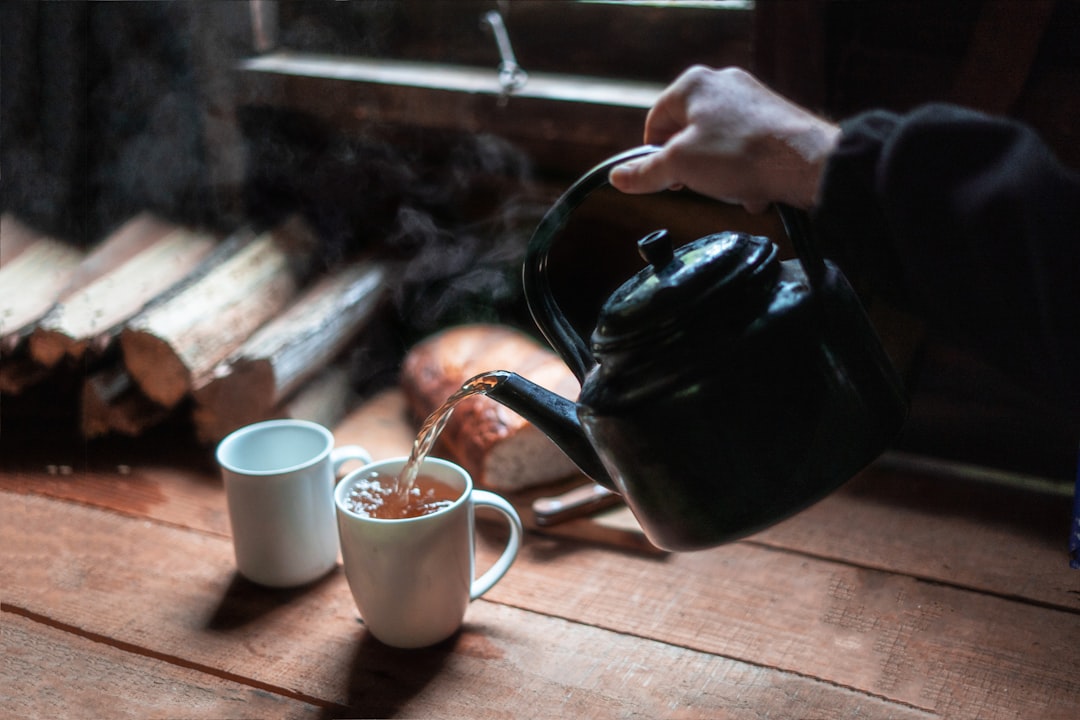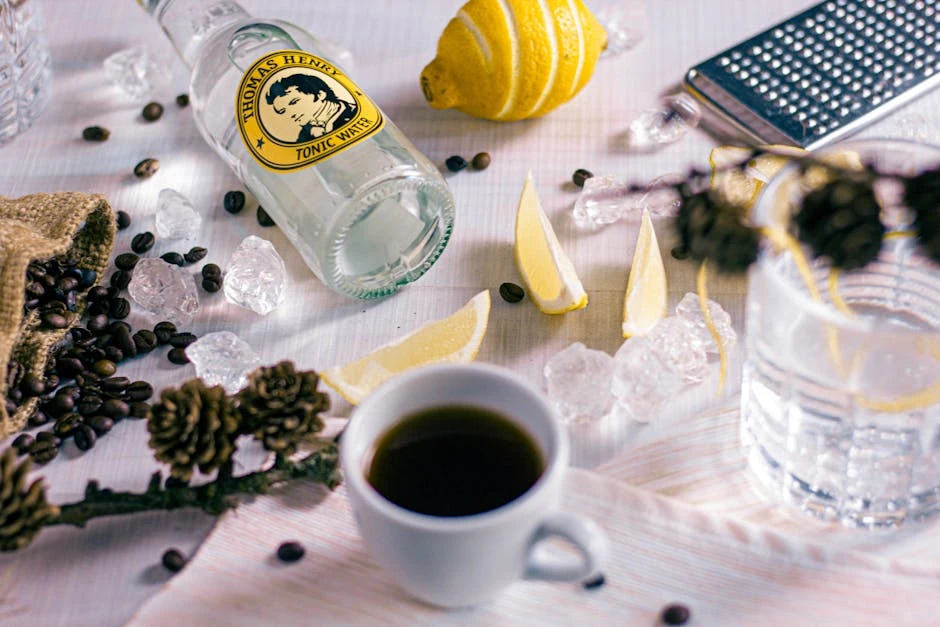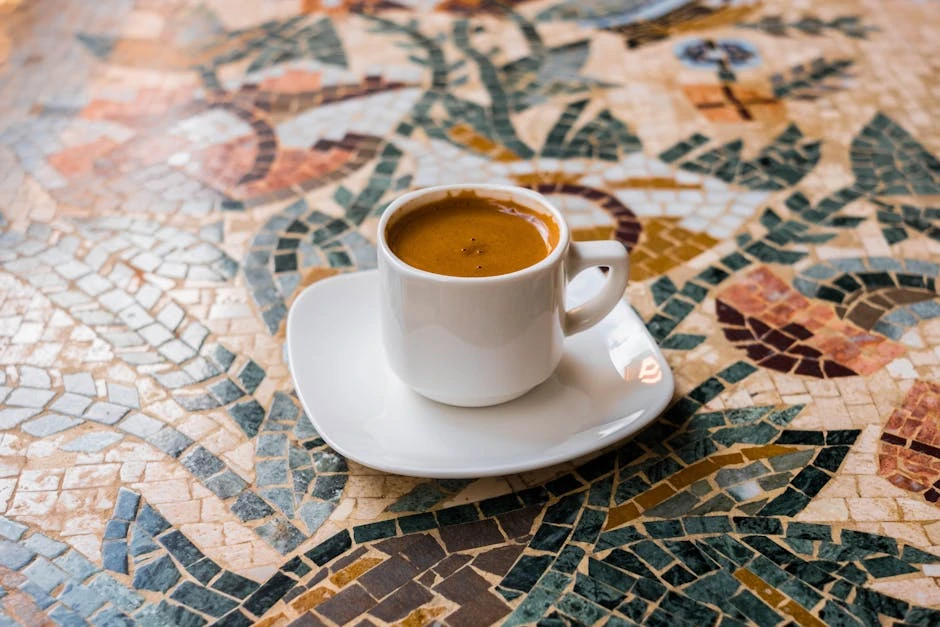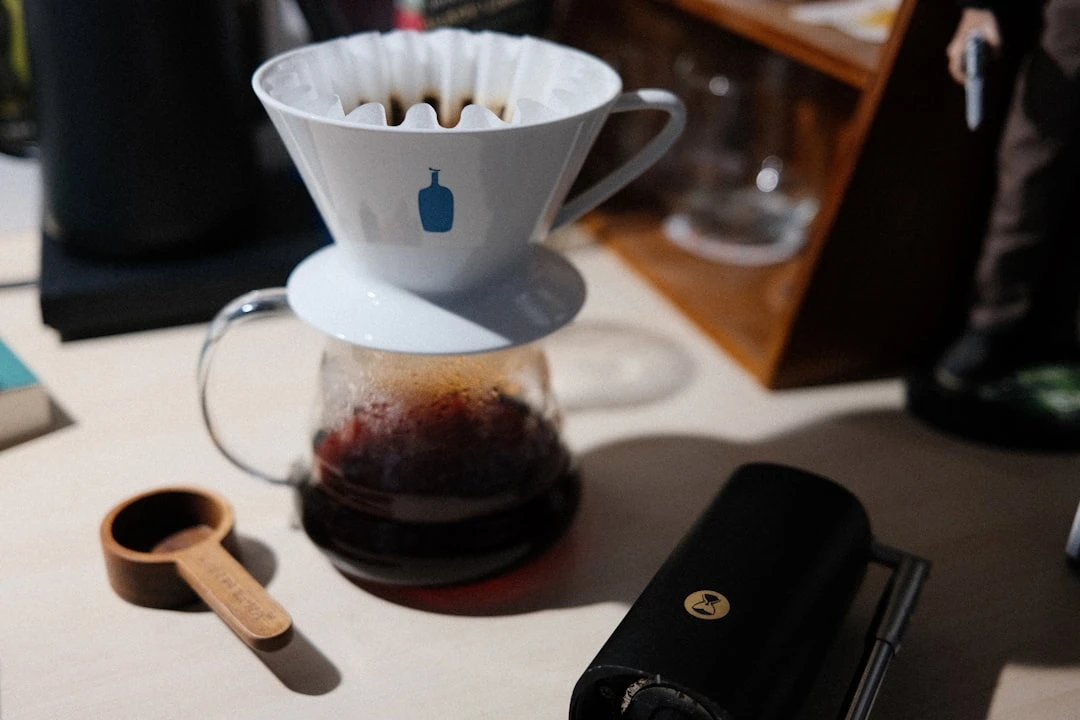How to Make Coffee Less Bitter: 6 Easy Tips for a Smoother Cup
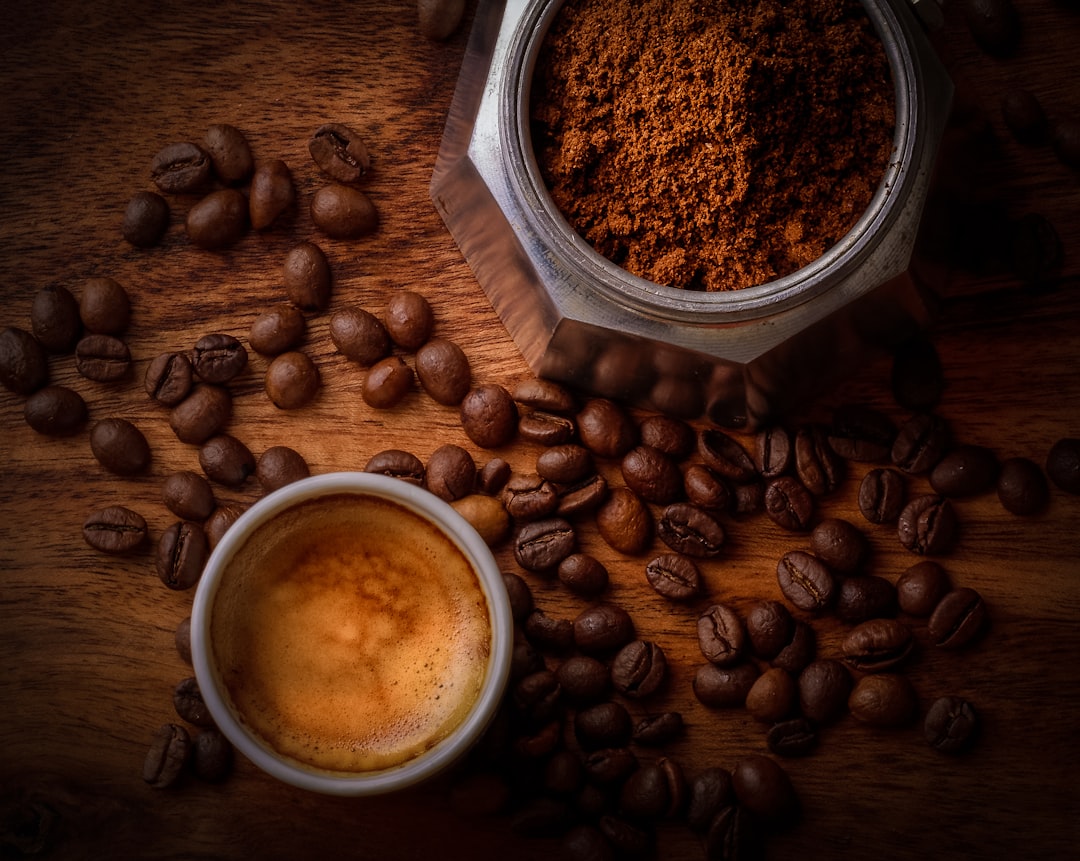
Why Does Coffee Taste Bitter?
Ah, that sharp tang in your morning cup—love it or loathe it, bitterness is woven into coffee’s soul. But what’s really going on? It’s a dance of chemistry, roast, and maybe a brewing slip-up or two.
Start with the beans. Caffeine and chlorogenic acids—those natural bitter players—set the stage. The longer they roast, the more sugars darken, shifting from sweet to deep, sometimes rugged notes. Dark roasts? They lean into that intensity, bold and unapologetic.
Here’s the twist, though: even stellar beans can turn harsh if handled clumsily. Push too hard—water too hot, grounds too fine, steeping too long—and you’ll wrench out every bitter edge. Underdo it, though, and sourness sneaks in, weirdly amplifying the bitterness.
And the bean’s origin? Robusta packs nearly twice the caffeine of Arabica, so brace for a rougher ride. Stale or cheap beans? They’ll dull into a flat, bitter whisper, victims of time or neglect.
A hint of bitterness? That’s complexity, a backnote to the melody. But when it hogs the spotlight? Hard pass. The fix? Small moves—fresher beans, nailing the brew time, storing them right—can soften the edges.
In the end? Unravel the why, and you’re steps closer to a cup that hums, balanced and bright.
Pick the Right Beans for a Smoother Cup
Have you ever taken a sip of coffee only to grimace at that sharp, lingering bitterness? More often than not, it comes down to the beans. Get this part right, and you're already most of the way toward a balanced, easy-drinking cup. Here's how to choose beans that won't leave your mouth puckering:
Arabica Over Robusta — Every Time
Arabica beans are smoother, sweeter, and full of subtle notes—Robusta? Rough around the edges with twice the caffeine and bitterness. If you're after a gentler brew, always check the label for 100% Arabica. That extra bit of attention makes all the difference.
Light Roasts Keep It Bright
Dark roasts dive into smoky, intense territory—sometimes crossing into outright bitterness. Light roasts? They let the bean's natural sweetness take the lead. Not ready to commit? A medium roast strikes a nice balance—warm and toasty without the harshness.
Freshness Matters (A Lot)
Stale beans taste flat, papery, and—worst of all—bitter. Always go for whole beans, check the roast date, and use them within a month. Keep them sealed tight, somewhere cool and dark. Your coffee—and your palate—will notice.
Single-Origin for the Win
Blends have their place, but single-origin beans bring something special—distinct flavors like bright citrus, juicy berries, or delicate florals that keep bitterness at bay. Ethiopia and Colombia are reliable choices if you're after something naturally smooth.
Lock in the right beans, and everything else—the grind, the brewing—just clicks into place. Start here, and that bitter aftertaste? Consider it gone.
Adjust Your Brewing Method to Reduce Bitterness
Ever taken a sip of coffee and felt that sharp, bitter sting? I know the feeling. It happens when we push extraction too far—pulling out all the rough edges. But here’s the good news: a few small adjustments can smooth things right out.
1. Don’t Overstay Your Welcome
Letting coffee sit too long is like forgetting about your tea bag—bitterness takes over. For French press, stick to 3-4 minutes. Pour-over? Keep it between 2.5 and 3.5 minutes. And espresso? If it’s dragging past 30 seconds, you’re asking for trouble.
2. Cool It With the Boiling Water
Dumping boiling water straight onto your grounds is like giving them a mini scorch. Ease off—aim for 90-96°C (195-205°F), or just let the kettle rest for 30 seconds after boiling. Your coffee will taste all the better for it.
3. Go Big (With Your Grind)
Finer isn’t always the answer. A grind that’s too fine can rush extraction and amp up the bitterness. French press and cold brew thrive with coarse grounds, while drip coffee prefers medium-coarse. Espresso needs fine, sure, but if bitterness creeps in, try backing off just slightly.
4. Balance the Scales
Too much coffee and too little water? That’s a fast track to over-extraction. Start with a 1:16 ratio (coffee to water) and tweak from there. Sometimes, dialing it back makes all the difference.
Play with these—time, temp, grind, ratio—and you’ll hit that sweet spot. Small shifts can turn your morning cup from "meh" to "more, please."
Fine-Tune Your Coffee-to-Water Ratio
Nailing the perfect cup? It’s all about that dance between coffee and water. Pile in too much, and it isn’t very pleasant—like it’s overstayed its welcome. Too little? Thin, barely there, like a ghost of what it could be.
The Specialty Coffee Association (SCA) folks preach a 1:18 ratio—one gram of coffee to eighteen grams of water—for balance. But rules are just starting points. Crave something with more punch? Try 1:15. Prefer it breezy? 1:20 might be your jam. Play around. Your taste buds’ll tell you when it’s right.
Here’s a loose guide to steer you:
- Drip or Pour-Over: Start at 1:16 (think 20g coffee, 320g water), then nudge it where you like.
- French Press: Bump it to 1:15—those steeped grounds need a little extra love.
- Espresso: Classic’s 1:2, but stray too far, and you’re in bitter territory.
And please—weigh it. Eyeballing with spoons? A gamble. Grinds shift, pack different, and suddenly your morning’s thrown off.
Too bitter? Scale back the coffee or pour more water. Too sharp, too thin? Toss in another gram. Sometimes the smallest change tips the scales.
Get this right, and every sip? Pure magic.
Control Water Temperature for Optimal Extraction
Ever taken a sip of coffee that just tasted… wrong? Maybe it was harsh, almost burnt—that’s what happens when the water’s too hot, scorching the grounds. Too cool, and it’s like drinking disappointment—thin, sour, weak. But when you find that perfect middle ground? Suddenly everything clicks. The flavors bloom, smooth and rich, exactly how coffee should taste.
The Goldilocks Zone for Water
Most coffee hits its stride somewhere between 195°F (90°C) and 205°F (96°C). That’s hot enough to extract all the good things without dragging out the bitter, unpleasant notes. Here’s how to dial it in:
- Drip machines do best right in that sweet spot—195°F to 205°F.
- French press or pour-over? Let the water settle for a moment after boiling, aiming for around 200°F.
- Espresso thrives between 200°F and 204°F. Push it hotter, and you’ll regret it—bitterness takes over fast.
Tweaking It for Your Brew
- Using a kettle? Boil, then wait—30 seconds is all it takes to drop to the right range.
- French press loyalist? Don’t overdo it. 200°F keeps things balanced, not aggressive.
- Cold brew lover? Skip the heat entirely. Room-temperature water + 12 to 24 hours = smooth, sweet, no bitterness in sight.
Fixing a Bitter Brew
If your coffee tastes like it’s punishing you, try this:
- Use a thermometer—winging it rarely works.
- Avoid boiling water, even if you’re in a rush. 212°F is basically an express lane to bitterness.
Get the temperature right, and suddenly the coffee’s real flavors step forward—no harshness, no regrets, just a great cup.
Grind Size Matters: How It Affects Bitterness
Ever take a sip of coffee and wince at the bitterness? Chances are, your grind’s to blame. Too fine, and your cup turns into a bitter punch—too coarse, and it might taste weak. Here’s the scoop:
Tiny grounds mean more coffee touches the water, which sounds good… until it’s not. Over-extraction happens when water lingers too long with those itty-bitty particles, yanking out harsh flavors (looking at you, tannins) and burying the coffee’s sweeter side. Espresso and French press? Prime suspects if your grind’s off.
But go coarse, and things mellow out. Bigger grounds slow the extraction, so methods like cold brew or pour-over get flavor without the bite. Water flows smooth, no bitterness ambush.
Quick cheat sheet for a smoother cup:
- Espresso: Fine, but think "sugar," not "flour."
- Drip/Pour-over: Middle-of-the-road grind.
- French Press: Chunky. Trust me, sludge isn’t a flavor.
- Cold Brew: Coarse like beach sand—slow and sweet wins the race.
Nail the grind for your method, then tweak if it’s still too sharp. A burr grinder keeps things even, dodging random bitter surprises. Experiment a little—your taste buds’ll thank you.
Enhance Flavor with Natural Sweeteners & Additives
Sweet Stuff That’s Actually Good
- Raw Honey – A drizzle of golden sweetness, packed with good stuff. Stir it in while your coffee’s hot, or it’ll just cling to the spoon like a stubborn thought.
- Maple Syrup – The real kind, not the thin, sad stuff. Rich and earthy, with a hint of something deeper.
- Coconut Sugar – Softens the edge without the crash. Tastes like caramel took a quiet vacation.
- Dates or Date Syrup – Nature’s slow-drip sweetness. Perfect when your coffee needs a little warmth, not a sugar rush.
Flavor Hacks
- Cinnamon – Just a dash tames the bitterness and wraps your cup in comfort.
- Vanilla Extract – A drop or two, and suddenly it’s like your coffee remembered how to smile.
- Cocoa Powder – Bitter meets bitter in the best way. Adds depth, not dessert.
- Salt – Sounds wrong, but a tiny pinch smooths out the sharp edges like a deep breath.
Milk & Not-Milk
Dairy, almond, oat, coconut—pick your player. They all mellow the bite. Want something richer? Swirl in coconut cream or foam some oat milk until it’s cloud-light.
Play around until it feels right. Sweet, spiced, or somewhere in between—just enough to let the coffee shine, not hide.
Conclusion
Nothing kills a morning faster than a cup of coffee that tastes like last night's bad decisions. But here’s the thing—it doesn’t have to be that way. A few small changes can turn that harsh, bitter brew into something you actually look forward to. Maybe you’re grinding the beans into dust, using coffee that’s been sitting since winter, or scorching the grounds with boiling water. Tweak the grind, nudge the temperature, play with the brew time. Suddenly, the bitterness fades. What’s left? Just smooth, rich coffee.
Fresh beans matter — seriously
Store them right, and don’t let them collect dust. Go for a medium or coarse grind—unless you’re into that over-extracted, tongue-curling bitterness. Water temperature? Keep it friendly, somewhere between 195°F and 205°F (90°C–96°C). Too hot, and you’re just torturing the beans. Timing? Short for pour-over, long for cold brew—it’s all about finding the rhythm.
Still too sharp? A tiny pinch of salt (weird, I know) or a dash of milk can soften the edges. If you drink it black, try lighter roasts or single-origin beans—they tend to be brighter, sweeter, less like a punch in the face.
Here’s the truth: your coffee should taste good to you. Experiment. Adjust. Find what clicks. When you do? That first sip becomes something worth waking up for.
Related Articles
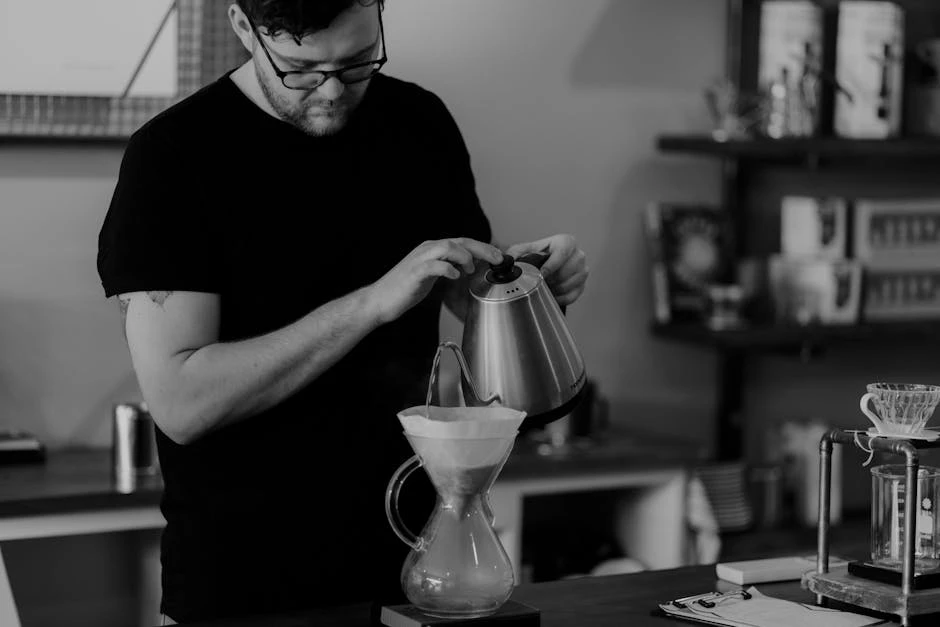
Coffee-to-Water Ratios & Grind Sizes by Brew Method
Read More →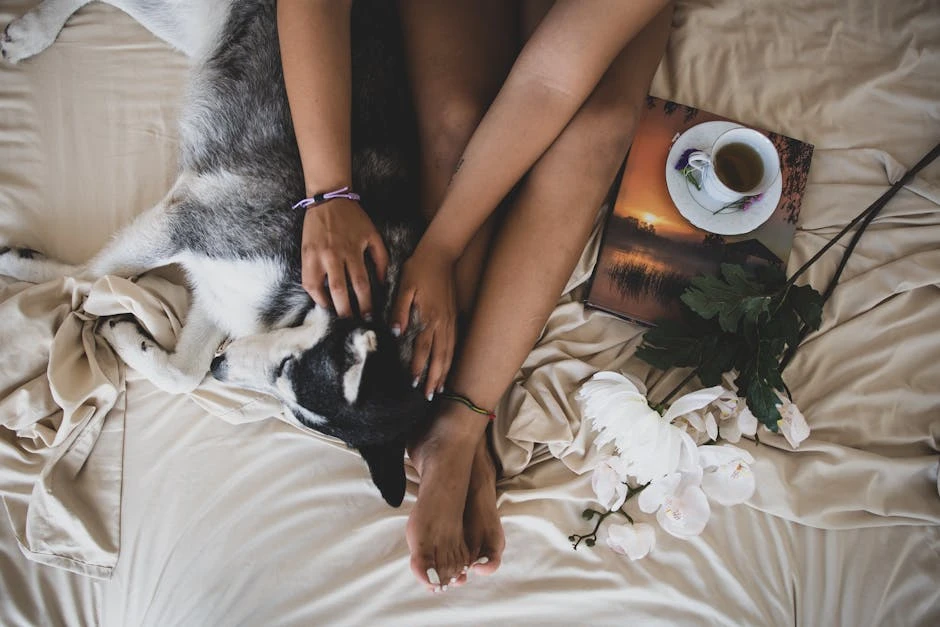
How Coffee Affects Sleep: Science & Tips for Better Rest
Read More →